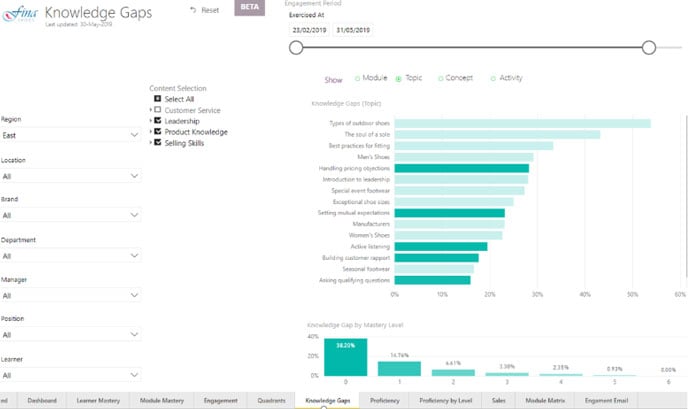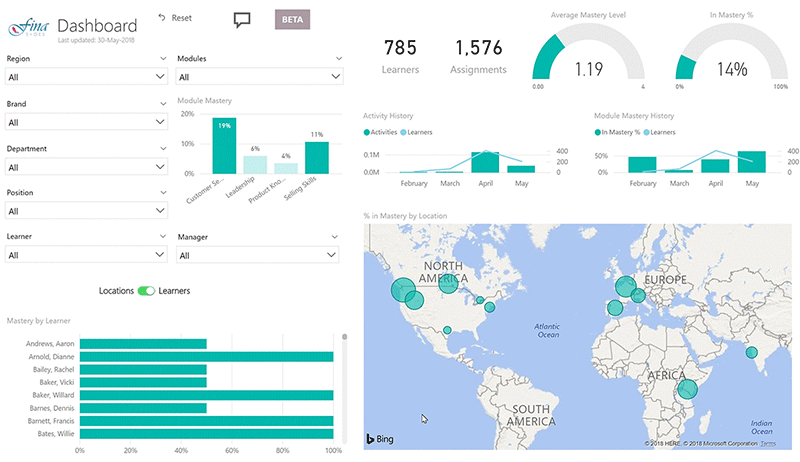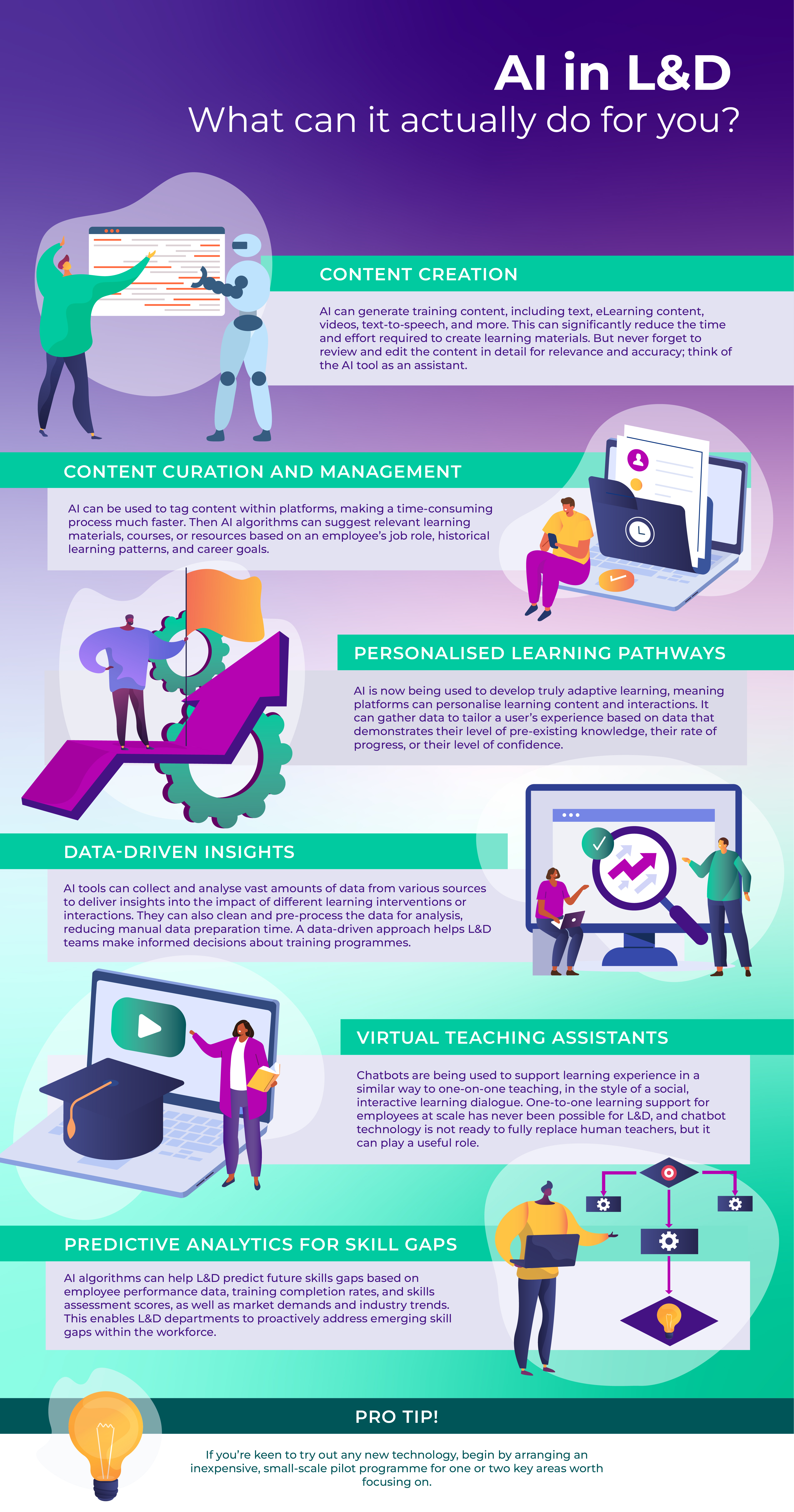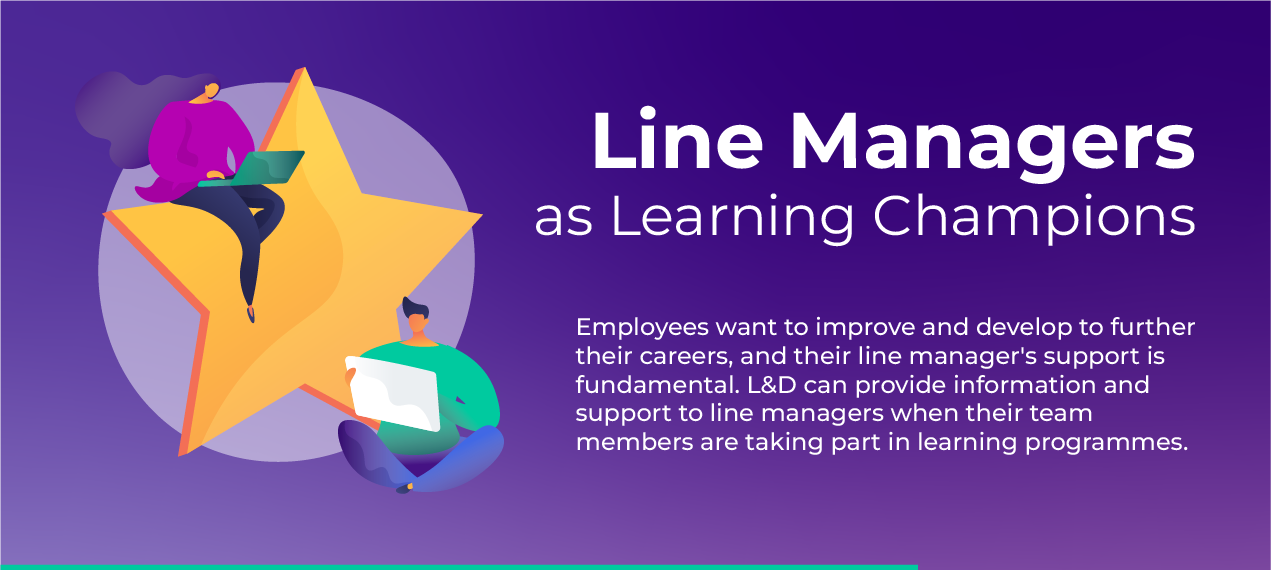For many organisations, it's more important than ever to have a comprehensive record of the available skill sets within a workforce. With more employees working remotely and many inevitable changes in our ways of working, it will be necessary to examine existing learning strategies to ensure that talent is fully aligned with business needs. The ability to identify skills gaps will help shape these learning strategies and streamline their execution.
Employers must develop actionable strategies to reduce these on-going revenue vacuums. A skills gap analysis is required to focus on retaining talent as well as rapidly adding additional skills and competencies to the workforce.
What is a skills gap analysis?
A skills gap analysis is a simple formula to determine the variances between existing and desired skill levels in an organisation, team or individual:
Skills needed - Skills possessed = Skills gap
The solution can be to either hire new talent to close the gap through updated recruitment profiling or, offer training to close the gap, creating employee training programs to help existing team members develop the important skills identified as missing.
Why should you use a skills gap analysis?
A skills gap analysis should be conducted when there is a gap in current employee performance versus potential performance. It’s an incredibly useful tool for Human Resources and L&D departments in particular to get the pulse of the company at a granular level. It may provide some harsh truths, however, if it is embraced and actioned, can reap enormous benefits to productivity, performance and employee engagement.
Deloittes 2019 Human Capital Trends Report quantifies upskilling the existing workforce to fill a skills gap as “Internal Mobility”, from their respondents, they conclude:
“Thirty-eight percent are looking at internal mobility to build better leaders, 31 percent cite the need to expand the business, and 32 percent believe mobility is required to increase employee engagement.”
There is a shift towards making skills gaps smaller in industry today, it’s estimated that it is costing the UK an extra £6.33 billion a year in recruitment fees, inflated salaries, temporary staff and professional training for workers hired at a lower level than intended.
How to conduct a skills gap analysis
When you begin to identify skill gaps, you first need to understand what kind of skills you are assessing. Are they company values, business objectives or job description criteria, for example:
Organisational values and mission goals, your values may value something like effective communication, this is a difficult skill to test, so using things like appraisals and interpreting additional data effectively, like a combination of questionnaires. 1:1 notes, performance reviews, meeting minutes or any other documents can provide an objective score.
Competency based skills, each job role may require a more specific skill set, MS Office skills for management and SQL skills for technicians for example. These are more tangible and will help the individual in their current role to be more productive. These can be scored best via testing, appraisals and self assessment.
The answers should be scaled numerically or using likert scale, offering a deeper level of how much training is required. Scales are important when assessing skills as the ability to interpret them effectively makes better use of training and development resources as interventions can be targeted. Read more about why your business needs a skills audit.
Skills gap analysis template
A simple template can be developed to capture possible skills gaps.
- Identify the skills required from a top down organisational level
- Give each skill an importance level
- Rate each skill level as its required
Once these are all marked out, begin assessing each job role in batches, managers, front line support, all levels, until you have a score for everyone.
- Have each person score themselves
- Have each person’s manager agree or disagree
This will give you an objective, truthful assessment of each skill. From there, work out where the skills gaps are (even colour code the hot spots).
SKILLS GAP ANALYSIS TEMPLATE
|
Desired skill |
Importance |
Required skill level |
Name |
Actual skill level |
Skill gaps |
|
C sharp
|
High
|
4
|
Jacob Blythe |
1 |
3 |
|
Julie Paley |
4 |
0 |
|||
|
Sian Lee |
3 |
1 |
|||
|
... |
|
|
|||
|
|
|
|
An analysis exercise like this will inform your decisions on what training to schedule. You’ll have a clear picture as to where the skills gaps have the largest variance, and where a learning intervention will be most impactful. A gap differential of 1 can be addressed informally through merely highlighting it as a focal point, a differential of 4 on the other hand would require an immediate intervention.
Your skills gap analysis template can be modified as you see fit, to give you the granularity and breadth of data required.
“64% of managers don't think their employees are able to keep pace with future skill needs. Furthermore, 70% of employees say they haven't even mastered the skills they need for their jobs today.”
Bridging the skills gap, Gartner.
Analyse the analysis
Now that you have a quantitative data, you will be able to quickly see where the strengths are in the organisation, which employees stand out as leaders and can be benchmarked.
Identifying the weaknesses of an employee failing to meet the required skill set gives the ability to suggest tailored ways to improve. If there is too big a variance then it is time to decide whether you can build the skills by training or it's time to fill the position by recruiting someone who already has those skills.
It doesn't have to be all about "shrink to grow" though, when employees become aware of their weaknesses then they can attempt to improve them. As a result, they can improve and perform better than others. This is even great for advancement opportunities, a robust skill gap analysis offers a clearly defined route for professional improvement.
It culminates in building effective agile strategies that can identify future threats that could intervene with the growth of the company. Filling the gaps, whether it is through new staff, or as a result of a learning intervention is excellent to implement the actions required to meet business goals.
Check out our the RapidScan tool that pinpoints knowledge gaps in your organisation:
Sign up for your free trial of the RapidScan tool now.
Identifying skills gaps quicker through digital learning
Depending on the speed at which you need to conduct this analysis or the size of your organisation, you may not be able to scale a project like this quickly enough to make any meaningful impact.
This is where digital online learning can help in being able to rapidly deploy, collect and analyse responses to give detailed data insight in a pre-set timeframe.
Verify - Detailed knowledge gaps highlighted

Verify from Logicearth is a fully managed agile microlearning service which can not only be deployed to rapidly scan all employees to identify skills gaps but also leverages spaced learning principles to conduct data driven, effective, skills based training programs that transform learning expectations and guide strategic decisions within your organisation.
Verify + PowerBI dashboard

It will highlight precisely where the knowledge gaps are, giving you the objective assessment results you need to develop data-driven, effective training courses and programs that transform learning expectations and guide strategic decisions within your organisation.
Contact us to learn more about how to support the L&D function by finding, analysing and closing skill gaps within your organisation.
Links in this article:
https://trendsapp.deloitte.com/reports/2019/global-human-capital-trends/talent-mobility.html
http://blog.logicearth.com/why-your-business-needs-a-skills-audit
https://www.gartner.com/en/human-resources/insights/skills-gap
https://info.logicearth.com/identify-knowledge-gaps
https://blog.logicearth.com/mind-the-gap-using-online-learning-to-close-skills-gaps










Was this article helpful?